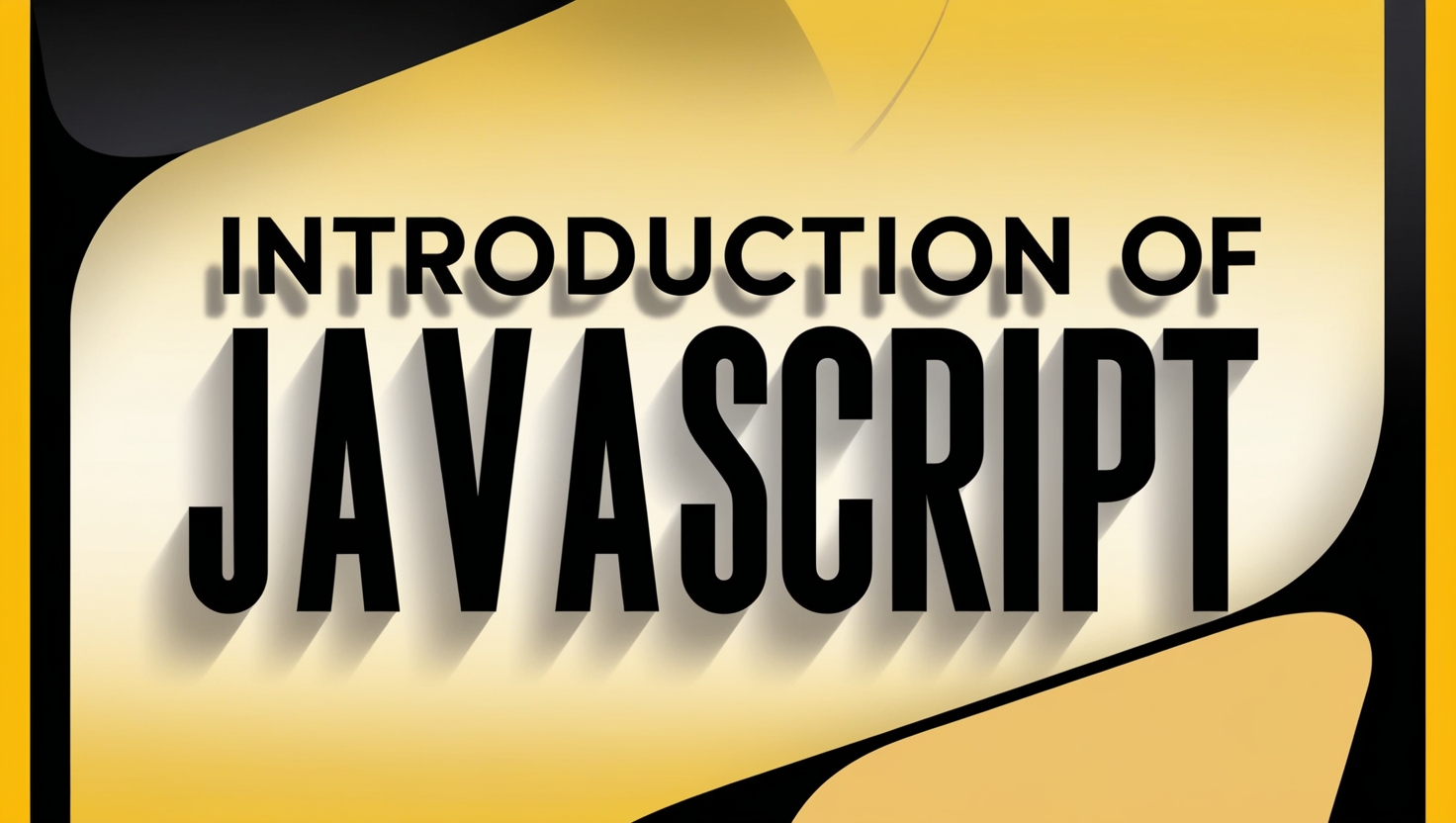JavaScript is one of the most popular programming languages in the world, powering the interactive elements of nearly every website you visit. Whether you’re a beginner or an experienced developer, understanding JavaScript is essential for modern web development. In this blog post, we’ll dive into the introduction of JavaScript, covering its history, features, and why it’s a must-learn language. Let’s get started!
1. What is JavaScript?
JavaScript is a lightweight, high-level programming language primarily used to create dynamic and interactive web content. Unlike HTML and CSS, which structure and style web pages, JavaScript adds behavior to websites. For example, it enables features like pop-up messages, animations, form validations, and real-time updates without reloading the page.
JavaScript is a client-side language, meaning it runs directly in the user’s browser. However, with the advent of Node.js, it can now also be used for server-side programming. This versatility makes JavaScript a cornerstone of full-stack development.
2. The History of JavaScript
JavaScript was created in 1995 by Brendan Eich while he was working at Netscape Communications. Initially named Mocha, it was later renamed to LiveScript and finally to JavaScript to capitalize on the popularity of Java at the time. Despite the name, JavaScript has no relation to Java.
Over the years, JavaScript has evolved significantly. The introduction of ECMAScript standards (ES6 in 2015 being the most notable) brought modern features like arrow functions, classes, and modules, making JavaScript more powerful and developer-friendly.
3. Why Learn JavaScript?
JavaScript is everywhere. Here’s why you should learn it:
- Front-End Development: JavaScript is essential for creating interactive user interfaces.
- Back-End Development: With Node.js, JavaScript can handle server-side operations.
- Versatility: It’s used in web development, mobile apps (React Native), and even desktop applications (Electron).
- High Demand: JavaScript developers are among the most sought-after professionals in the tech industry.
4. JavaScript vs Other Programming Languages
JavaScript stands out for its ability to run in the browser, unlike languages like Python or Java, which require a separate runtime environment. Here’s a quick comparison:
- Python: Great for data science and AI but not natively supported in browsers.
- Java: Requires a Java Virtual Machine (JVM) to run, making it less suitable for web development.
- C++: A low-level language used for system programming, not web development.
JavaScript’s simplicity and browser compatibility make it the go-to choice for web developers.
5. Core Features of JavaScript
JavaScript is packed with features that make it unique:
- Dynamic Typing: Variables can hold any type of data.
- Event-Driven Programming: Responds to user actions like clicks and keystrokes.
- Asynchronous Programming: Handles tasks like API calls without blocking the main thread.
- Prototype-Based Object Orientation: Uses prototypes instead of classes for inheritance.
6. Setting Up Your Environment
To start coding in JavaScript, you’ll need:
- A text editor like Visual Studio Code or Sublime Text.
- A web browser (Chrome, Firefox, or Edge) to run your code.
- Optionally, Node.js for server-side development.
Simply create an HTML file, link a JavaScript file, and start coding!
7. Basic Syntax and Structure
JavaScript syntax is beginner-friendly. Here’s a quick example:
let message = "Hello, World!";
console.log(message); - Variables: Declared using
let,const, orvar. - Data Types: Includes strings, numbers, booleans, objects, and more.
- Operators: Arithmetic (
+,-), comparison (==,===), and logical (&&,||).

Leave a Reply